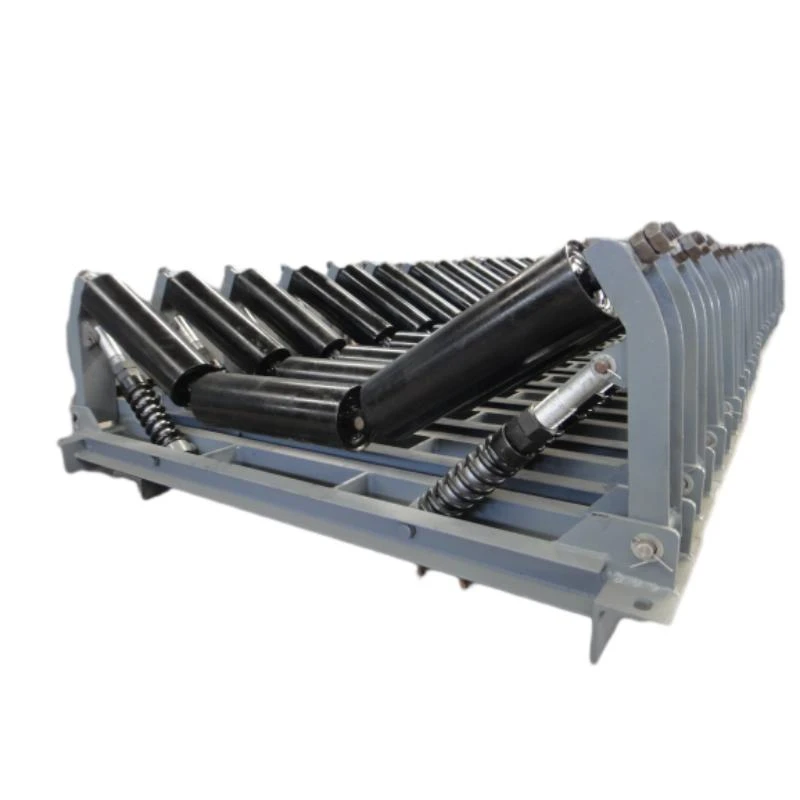 Afrikaans
Afrikaans  Albanian
Albanian  Amharic
Amharic  Arabic
Arabic  Armenian
Armenian  Azerbaijani
Azerbaijani  Basque
Basque  Belarusian
Belarusian  Bengali
Bengali  Bosnian
Bosnian  Bulgarian
Bulgarian  Catalan
Catalan  Cebuano
Cebuano  Corsican
Corsican  Croatian
Croatian  Czech
Czech  Danish
Danish  Dutch
Dutch  English
English  Esperanto
Esperanto  Estonian
Estonian  Finnish
Finnish  French
French  Frisian
Frisian  Galician
Galician  Georgian
Georgian  German
German  Greek
Greek  Gujarati
Gujarati  Haitian Creole
Haitian Creole  hausa
hausa  hawaiian
hawaiian  Hebrew
Hebrew  Hindi
Hindi  Miao
Miao  Hungarian
Hungarian  Icelandic
Icelandic  igbo
igbo  Indonesian
Indonesian  irish
irish  Italian
Italian  Japanese
Japanese  Javanese
Javanese  Kannada
Kannada  kazakh
kazakh  Khmer
Khmer  Rwandese
Rwandese  Korean
Korean  Kurdish
Kurdish  Kyrgyz
Kyrgyz  Lao
Lao  Latin
Latin  Latvian
Latvian  Lithuanian
Lithuanian  Luxembourgish
Luxembourgish  Macedonian
Macedonian  Malgashi
Malgashi  Malay
Malay  Malayalam
Malayalam  Maltese
Maltese  Maori
Maori  Marathi
Marathi  Mongolian
Mongolian  Myanmar
Myanmar  Nepali
Nepali  Norwegian
Norwegian  Norwegian
Norwegian  Occitan
Occitan  Pashto
Pashto  Persian
Persian  Polish
Polish  Portuguese
Portuguese  Punjabi
Punjabi  Romanian
Romanian  Russian
Russian  Samoan
Samoan  Scottish Gaelic
Scottish Gaelic  Serbian
Serbian  Sesotho
Sesotho  Shona
Shona  Sindhi
Sindhi  Sinhala
Sinhala  Slovak
Slovak  Slovenian
Slovenian  Somali
Somali  Spanish
Spanish  Sundanese
Sundanese  Swahili
Swahili  Swedish
Swedish  Tagalog
Tagalog  Tajik
Tajik  Tamil
Tamil  Tatar
Tatar  Telugu
Telugu  Thai
Thai  Turkish
Turkish  Turkmen
Turkmen  Ukrainian
Ukrainian  Urdu
Urdu  Uighur
Uighur  Uzbek
Uzbek  Vietnamese
Vietnamese  Welsh
Welsh  Bantu
Bantu  Yiddish
Yiddish  Yoruba
Yoruba  Zulu
Zulu troughing roller
The Importance of Troughing Rollers in Conveyor Systems
Troughing rollers play a crucial role in the functioning of conveyor systems across various industries. These specially designed rollers are integral components of belt conveyors, providing the necessary support and guidance to the conveyor belt as it transports materials from one location to another. Understanding the features and benefits of troughing rollers can help businesses optimize their material handling processes.
What are Troughing Rollers?
Troughing rollers are cylindrical components arranged in a specific shape to form a trough that supports the conveyor belt. Typically, they are comprised of three rollers positioned at an angle, creating a V-shape that allows the belt to nestle into the trough. This design not only ensures that the materials being transported remain centered on the conveyor belt but also assists in controlling material spillage, which can be a significant concern in many operations.
Design and Construction
The design of troughing rollers is tailored to accommodate varying widths and weights of conveyor belts, depending on the application. The rollers are constructed from durable materials such as steel, which can handle heavy loads and resist wear and tear over time. Additionally, they often feature bearings that enable smooth rotation, minimizing friction and wear on the belt. As a result, troughing rollers contribute to the efficiency and longevity of the conveyor system.
Benefits of Troughing Rollers
troughing roller

1. Material Containment One of the most significant advantages of troughing rollers is their ability to contain materials on the belt. This not only minimizes spillage but also ensures that the materials are transported in a more controlled manner. By preventing overflow, companies can maximize their efficiency and reduce waste.
2. Improved Load Distribution Troughing rollers provide better load distribution across the conveyor belt. This is essential for heavy or bulk materials, as it prevents the belt from sagging or becoming damaged under excessive weight. The V-shape design allows for more even support, prolonging the lifespan of both the rollers and the conveyor system.
3. Enhanced Stability The design of troughing rollers enhances the overall stability of the conveyor system. By keeping the belt securely in place, these rollers reduce the risk of misalignment or slippage, which can lead to mechanical failures. This reliability is vital in maintaining continuous operation and reducing downtime.
4. Versatility Troughing rollers can be used in various applications, from mining and quarrying to food processing and packaging. Their adaptable design allows industries to utilize them for different types of materials, whether they are loose aggregates or packaged goods.
5. Ease of Maintenance Troughing rollers are designed for ease of maintenance. Many models allow for quick replacement, which reduces downtime during maintenance operations. Regular inspection and timely replacement of worn rollers can prevent costly breakdowns and extend the lifespan of the conveyor system.
Conclusion
In summary, troughing rollers are essential components of conveyor systems that provide numerous benefits, including material containment, improved load distribution, and enhanced stability. Their versatile design makes them suitable for a wide range of industrial applications, while their durability ensures long-term performance. For businesses looking to optimize their material handling processes, investing in high-quality troughing rollers can lead to significant improvements in efficiency and productivity. Understanding the importance of these rollers can help industries make informed decisions when designing or upgrading their conveyor systems, ultimately driving better operational outcomes.
-
Revolutionizing Conveyor Reliability with Advanced Rubber Lagging PulleysNewsJul.22,2025
-
Powering Precision and Durability with Expert Manufacturers of Conveyor ComponentsNewsJul.22,2025
-
Optimizing Conveyor Systems with Advanced Conveyor AccessoriesNewsJul.22,2025
-
Maximize Conveyor Efficiency with Quality Conveyor Idler PulleysNewsJul.22,2025
-
Future-Proof Your Conveyor System with High-Performance Polyurethane RollerNewsJul.22,2025
-
Driving Efficiency Forward with Quality Idlers and RollersNewsJul.22,2025





























